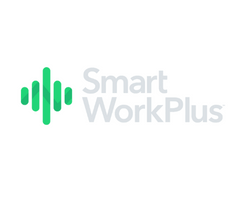Commercial building occupancy rates in the UK stand at less than 50%, with most building owners and managers not having access to data that could help reduce running costs to match that occupancy. Monitoring building utilisation levels would enable cleaning, light and heat to be deployed only in those areas being used, allowing efficiencies of up to 20% to be made. Aidan Donnelly co-founded SmartWorkPlus to provide this data.
Aidan graduated with an electrical and electronic engineering degree from Queen’s University Belfast, 25 years ago. He has subsequently worked in telecoms, providing consultancy for network deployments. His solution for measuring occupancy is to deploy long-range-based wireless networks in commercial buildings that work with SmartWorkPlus sensors to collect occupancy, temperature, light, and humidity data. This will allow facilities managers to operate buildings more efficiently and reduce their carbon footprint.
Such building-use information will also enable companies to deploy cleaning operatives only to those areas that need it. This could revolutionise the way that facilities management operations are designed, costed and deployed. Room occupancy data and machine learning will generate automatic ‘dynamic cleaning’ schedules straight to the cleaning operatives with no manual input required.

Aidan joined the Regional Talent Engines programme in 2022. He says: “Business founders often have great ideas but rarely have all of the knowledge, skill and contacts they need to make their ideas a reality. The scheme has been superb at helping us identify our needs and then finding the right mentor, contact or training to fill that gap.”
SmartWorkPlus has completed customer trials and is now launching to market. It is focusing on facilities management companies by offering them dynamic cleaning and by targeting wasted heat and light. Once Aidan’s initiatives gain traction, his company intends to develop its portal further by providing these companies with analytics on security, janitorial and reception workloads.
Associated Programme

